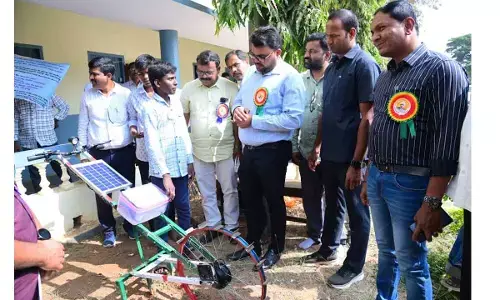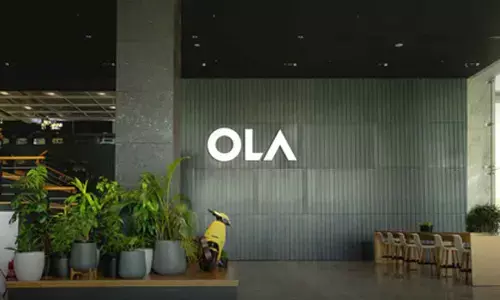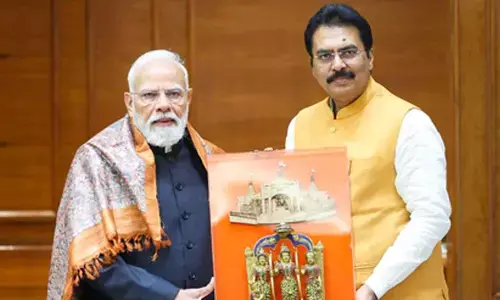New AICTE fiat puts tech, HEIs in catch-22 situation

All India Council of Technical Education
A new circular from the All India Council of Technical Education (AICTE) left the technical and conventional universities and Telangana State Board of Technical Education (TSBTE) and the Telangana State Council of Higher Education (TSCHE) in a catch-22 situation.
Hyderabad: A new circular from the All India Council of Technical Education (AICTE) left the technical and conventional universities and Telangana State Board of Technical Education (TSBTE) and the Telangana State Council of Higher Education (TSCHE) in a catch-22 situation.
The latest circular has asked all the engineering universities and colleges approved by it to implement the AICTE-recommended Unified Credit Framework (UCF), National Higher Equation Qualification Framework (NHEQF), and National Skill Qualification Framework (NSQF) for the movement of students from professional and vocational education to the engineering and technology courses.
This, the apex technical education regulator has decided in line with the National Education Policy-2020 (NEP-2020). It has asked the universities and colleges to take necessary steps for amending the existing statutes to implement the new initiative from the 2022-23 academic year.
Following the new AICTE norms, Jawaharlal Nehru Technological University, Hyderabad (JNTUH), Jawaharlal Nehru Architecture and Fine Arts University (JNAFAU), Osmania and Kakatiya Universities and the Telangana State Technical Education Department (TSTED) have to act upon it. However, the Telangana government has not decided on implementing NEP-2020. Against this backdrop, it is not clear whether the new circular of AICTE would be implemented from the 2022-23 academic year starting from August-September, 2022 or not.
According to AICTE, colleges seeking approval to run engineering courses must implement it to get AICTE approval. The new mechanism, it said, was for introducing and implementing of Credit Framework for the movement of students from professional, and vocational education to engineering and technical education.
It brings integration of different frameworks which give flexible entry and exit options for the students.
The new mechanism prescribes 11 levels with entry and exit options with credit earnings starting from level 2 with a Certificate of 3.0 for a class X student. It specifies the levels up to 8.0, covering 10-2 levels to PhD. At every exit level, the students are made employable. For example, a student who has completed his 10+2 and wishes to exist after completing the first year of his undergraduate course will be issued an undergraduate certificate qualification. They can go for gainful employment and return again to continue their studies. This makes students get maximum job opportunities vis-a-vis students where NEP-2020 is not implemented.
Now, with the Telangana government has not taken any final decision, the state universities and the state technical education board cannot take any decision on their own in its implementation.
Speaking to The Hans India, official sources in the JNTUH and Osmania University said, "the new circular has to be approved by the deans committee as well as its academic councils." Until then, the colleges affiliated with them cannot implement it.
Woman injured in stabbing attack in Tokyo, suspect at large
Bengal cop booked for murder over mysterious death of woman home guard, SIT to probe case
Staffer recalls horror of 7-kg gold robbery by armed gang in Karnataka’s Hunsur
25-Year-Old Airline Cabin Crew Member Dies At Gurugram Party; Police Begin Investigation


















